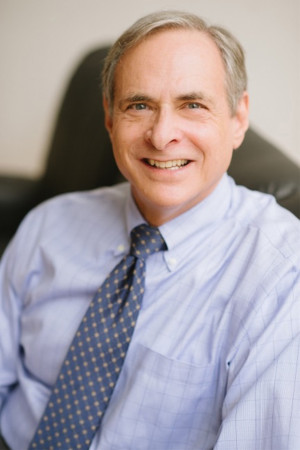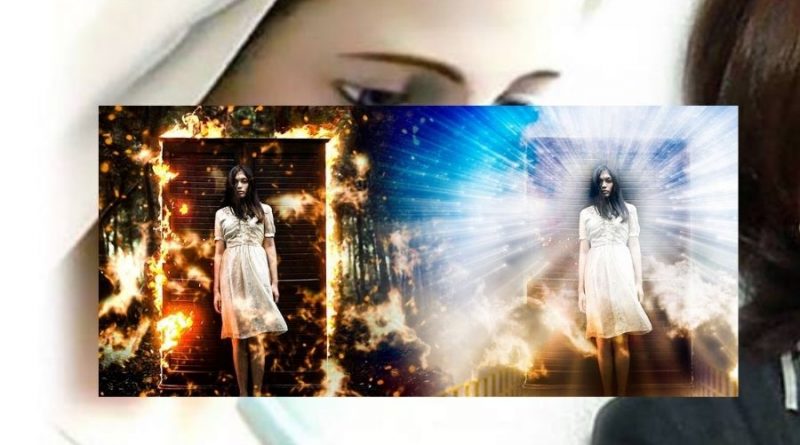5% have had a near-death experience — witness’ say it made life worth living…Doctor finds unexplained mysteries in researching near-death experiences.

Greyson, a psychiatrist, was urgently needed in the ER to treat a college student who had overdosed. With no time to change his dirty tie, he grabbed a white lab coat and buttoned it up to hide the stain.
In the ER, he found the student unconscious on a gurney, her breathing slow but regular. He called her name — “Holly” — and tried to rouse her. But she didn’t stir.
Greyson left Holly and met her roommate, Susan, at the end of the hall in the lounge. Unbuttoning his coat, he sat down and asked Susan to recount everything that had happened.
The next morning, Greyson returned to work at the hospital. Though Holly was awake, she was also groggy, her eyes closed.
Greyson leaned in.
“Holly, I’m Dr. Greyson,” he said.
Holly stirred.
“I remember you from last night,” she mumbled.
Greyson was confused.
“I didn’t know you could see me,” he said.
“Not in my room,” Holly muttered. “I saw you talking with Susan, sitting on the couch.”
Suddenly Holly opened her eyes, looked Greyson in the face and added, “You were wearing a striped tie that had a red stain on it.”
Greyson was shocked.
“What?” he said.
Holly went on to recount Greyson’s conversation with her roommate and nailed every detail.
“My immediate reaction was almost terror: This can’t be happening,” Greyson told The Post. “After a few days, I thought this couldn’t have happened. It must be some trick that people played on me.”
The encounter, however, continued to gnaw at him. Greyson began studying these so-called near-death experiences (NDEs) from a scientific standpoint, collecting hundreds of stories from those who’ve had them. He discovered that Holly’s experience was not unique and that many people who survive the jaws of death report strange out-of-body experiences.
Since meeting Holly, Greyson has published hundreds of academic papers and co-founded the International Association for Near-Death Studies. His search for answers is chronicled in his new book “After: A Doctor Explores What Near-Death Experiences Reveal about Life and Beyond” (St. Martin’s Essentials), out March 2.
According to Greyson’s research, near-death experiences are fairly common. Some 10 percent to 20 percent of people who come close to death report them — about 5 percent of the population at large.
“Back in the ’80s when someone had this experience they thought they were the only person who had it,” says Greyson, now a psychiatry and neurobehavioral sciences professor at the University of Virginia School of Medicine. “It’s increasingly common for people to feel comfortable talking about them.”
No two NDEs are exactly alike, but Greyson has cataloged a few common elements.
One, cited by some 80 percent of people who’ve had an NDE, is leaving your body.
Al Sullivan was a Connecticut truck driver who one day in 1988 found himself in the hospital with chest pains. He was rushed to the operating room for bypass surgery.
He told Greyson that when he came to, he was looking down as his surgery was being performed. One puzzling aspect of the scene was that his surgeon seemed to be flapping his arms like a bird.
The imagery sounded nonsensical. Greyson suspected it might have been a dream. But then Greyson contacted Sullivan’s surgeon, who told him of his unusual habit. After he “scrubbed in” for surgery, he avoided accidentally touching anything by keeping his hands pinned to his chest and pointing at things for his assistants with his elbows. It was the same flapping Sullivan had described, despite being anesthetized, his chest cut open and his eyes taped shut.
Another well-known feature (experienced by about one quarter of those having an NDE) is the “life review” — in which a person’s life flashes before their eyes.
Barbara Harris Whitfield, a Georgia therapist, had an NDE at age 32 in 1975 when she suffered respiratory complications while immobilized from back surgery.
“As I left my body, I saw my 1-year-old self … facedown in my crib … crying,” Whitfield told Greyson. “In every scene of my life review I could feel again what I had felt at various times in my life. And I could feel everything everyone else felt as a consequence of my actions. Some of it felt good and some of it felt awful.”
For those having an NDE, their thoughts get faster and clearer. Also, in Greyson’s research, about two-thirds reported “extraordinarily vivid sensations … that most often involved exceptionally bright vision and unique colors, or exceptionally clear hearing and unique sounds,” the author writes.
Some two-thirds of those having an NDE meet another person — often a dead loved one. What’s especially strange is that sometimes experiencers “meet recently deceased people who were not known to have died,” Greyson reports.
SOURCE NEW YORK POST read more here






